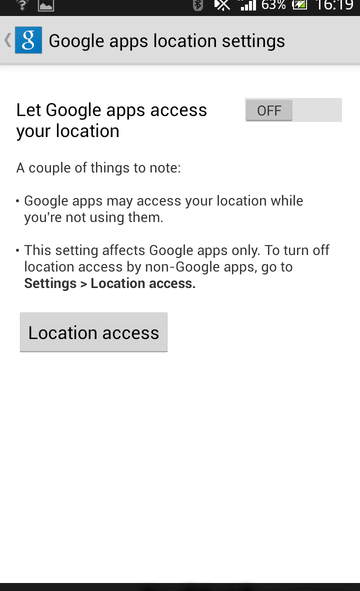
“It doesn’t pop out the answer like a ticker tape, saying this guy’s guilty,” said Gary Ernsdorff, a senior prosecutor in Washington State who has worked on several cases involving these warrants. We'll dig into the ideas, history and future of how our information navigates the digital ecosystem and what's at stake. The New York Times is launching an ongoing examination of privacy. Law enforcement officials described the method as exciting, but cautioned that it was just one tool. Often, Google employees said, the company responds to a single warrant with location information on dozens or hundreds of devices. The new warrants go further, suggesting possible suspects and witnesses in the absence of other clues. Technology companies have for years responded to court orders for specific users’ information. The Arizona case demonstrates the promise and perils of the new investigative technique, whose use has risen sharply in the past six months, according to Google employees familiar with the requests.

As privacy concerns have mounted among consumers, policymakers and regulators, tech companies have come under intensifying scrutiny over their data collection practices. In an era of ubiquitous data gathering by tech companies, it is just the latest example of how personal information - where you go, who your friends are, what you read, eat and watch, and when you do it - is being used for purposes many people never expected.

The warrants, which draw on an enormous Google database employees call Sensorvault, turn the business of tracking cellphone users’ locations into a digital dragnet for law enforcement. When new information emerged, they released him and did not pursue charges. Detectives arrested him last year in a murder investigation after requesting Google location data. Last month, the police arrested another man: his mother’s ex-boyfriend, who had sometimes used Mr. Molina fell apart as investigators learned new information and released him. Molina owned, though they could not see the license plate or attacker.īut after he spent nearly a week in jail, the case against Mr. Investigators also had other circumstantial evidence, including security video of someone firing a gun from a white Honda Civic, the same model that Mr. They had made the discovery after obtaining a search warrant that required Google to provide information on all devices it recorded near the killing, potentially capturing the whereabouts of anyone in the area. The police told the suspect, Jorge Molina, they had data tracking his phone to the site where a man was shot nine months earlier.

When detectives in a Phoenix suburb arrested a warehouse worker in a murder investigation last December, they credited a new technique with breaking open the case after other leads went cold.


 0 kommentar(er)
0 kommentar(er)
